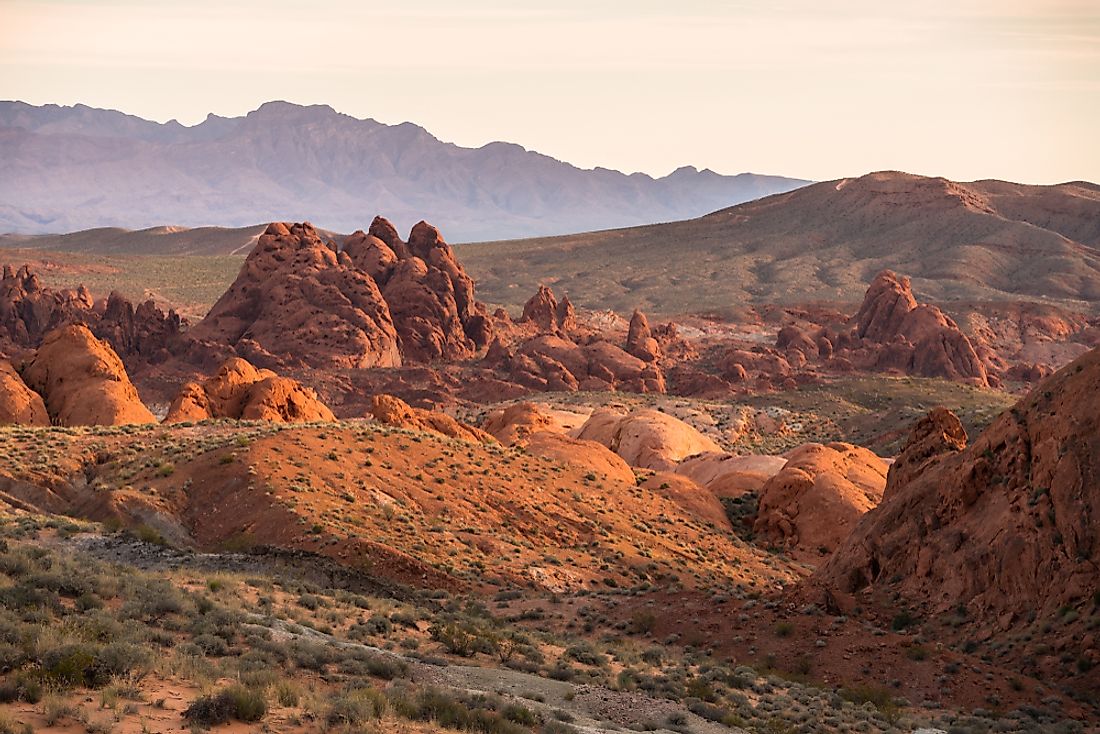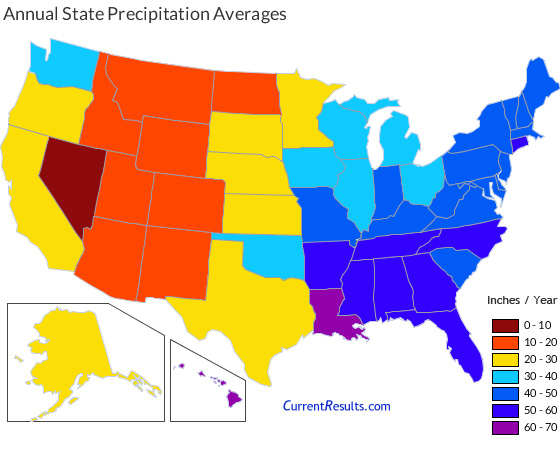Nevada is the driest state in the u s each year it averages 7 5 inches 19 cm of rain

Nevada: The Driest State in the U.S.
Nevada, with its dazzling cities like Las Vegas, Reno, and Carson City, holds an interesting fact that might not be known to many. It is the driest state in the United States. With an average annual rainfall of only 7.5 inches (19 cm), Nevada experiences significantly less precipitation compared to the rest of the country.
When discussing the driest state, it is essential to understand how precipitation affects the environment and the lives of the people residing there. Precipitation plays a crucial role in the water cycle, which is responsible for maintaining the ecological balance. Adequate rainfall ensures the availability of clean drinking water, sustains flora and fauna, and supports agricultural activities. Unfortunately, Nevada receives significantly less rainfall, posing challenges to both the environment and its residents.
Despite the scarcity of rainfall, Nevada has managed to thrive and attract millions of visitors each year. The vast expanses of rugged beauty combined with the vibrant urban areas create a unique allure. Nevada holds some of the most breathtaking natural wonders, including the famous Death Valley National Park and the iconic Hoover Dam. These remarkable landmarks serve as a testament to the adaptability and resilience of the state and its inhabitants.
Why is Nevada so arid? One key factor is its geographical location. Situated in the western part of the United States, Nevada lies within the rain shadow of the Sierra Nevada Mountains. As moist air from the Pacific Ocean rises and crosses the mountains, it releases most of its moisture on the western slopes, leaving less precipitation for the eastern side, where Nevada is located. This phenomenon results in a significantly lower rainfall average for the state.
To gain a better understanding of Nevada’s precipitation patterns, it is helpful to contrast it with other states across the country. Looking at the annual precipitation map of the United States, we can see the stark difference between Nevada and its neighbors. While the surrounding states such as California, Oregon, and Idaho receive considerably higher amounts of rainfall, Nevada remains predominantly dry throughout the year.

The scarcity of rainfall in Nevada has significant implications for its ecosystems. The region’s flora and fauna have adapted remarkably to survive in arid conditions, displaying remarkable resilience. Drought-tolerant plants like Joshua trees and sagebrush can be spotted across the state, showcasing nature’s ability to adapt and thrive in harsh environments.
More so, the limited precipitation poses challenges for Nevada’s agricultural sector. Farmers and ranchers face the arduous task of managing water resources efficiently and implementing innovative irrigation techniques to sustain their livelihoods. Water conservation is vital not only for agriculture but also for Nevada’s rapidly growing urban areas, as its cities continue to attract more residents and tourists.
In conclusion, Nevada’s status as the driest state in the United States is no mere coincidence. With an average annual rainfall of just 7.5 inches (19 cm), it faces unique challenges compared to its neighboring states. However, Nevada’s resilience and ability to adapt are evident in its thriving urban centers, breathtaking natural wonders, and unique flora and fauna. Understanding the importance of water conservation and sustainable practices becomes crucial to navigate the arid landscape efficiently.

Source: World Atlas
Share
Related Posts
Quick Links
Legal Stuff

